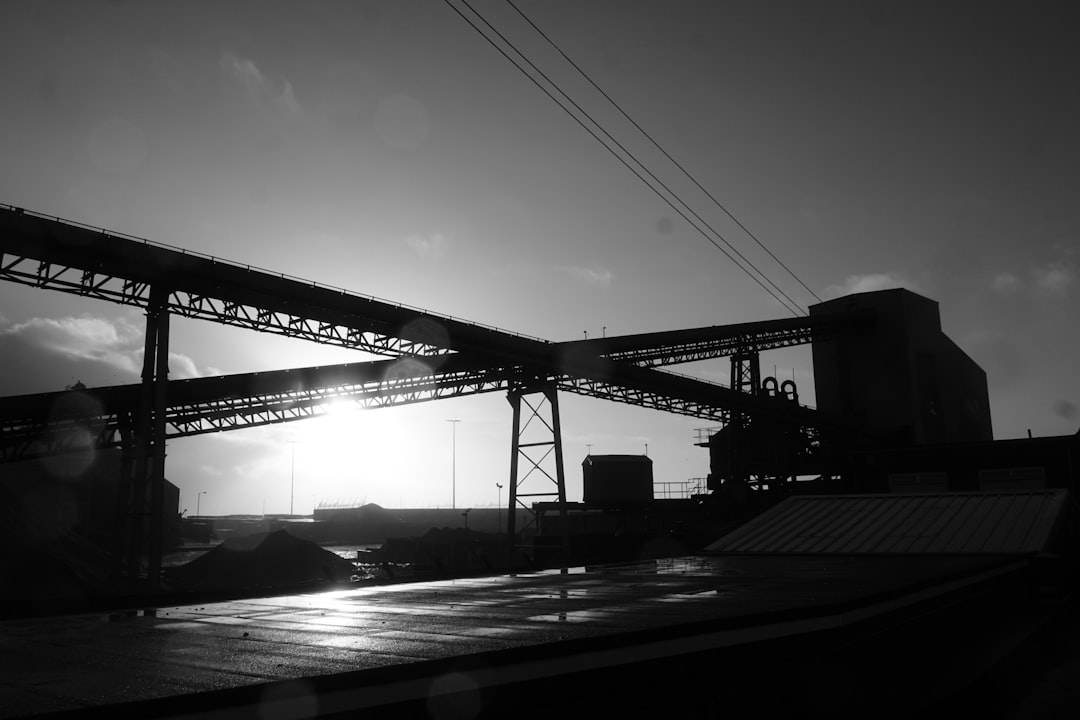body {
font-family: sans-serif;
line-height: 1.6;
}
h1, h2, h3 {
color: #333;
}
The steel industry, a cornerstone of global infrastructure and manufacturing, faces a critical challenge: decarbonization. With its significant contribution to global greenhouse gas emissions, achieving net-zero targets is paramount for a sustainable future. This post delves into the complexities of reaching this ambitious goal, exploring the hurdles, innovative solutions, and the crucial steps needed to transform this historically high-emission industry.
The Carbon Footprint of Steel: Understanding the Challenge
Steel production is inherently energy-intensive, relying heavily on the blast furnace process. This process, which uses coking coal as a reductant to extract iron from iron ore, is a major source of CO2 emissions. Beyond direct emissions from the blast furnace, significant indirect emissions arise from electricity consumption, raw material extraction and transportation, and the production of coke itself. The sheer scale of global steel production means even small reductions in emissions per tonne can have a significant global impact. Quantifying and accurately tracking these emissions across the entire supply chain is a crucial first step towards effective decarbonization strategies. Life cycle assessments (LCAs) are becoming increasingly important for understanding the full environmental impact of different steel production methods and identifying areas for improvement.
Innovative Technologies for Decarbonization: A Technological Revolution
The pursuit of net-zero steel requires a radical shift away from traditional blast furnace methods. Several promising technologies are emerging as potential game-changers: Hydrogen-based direct reduction is a leading contender, replacing coking coal with hydrogen as the reducing agent. This process significantly reduces CO2 emissions, and if green hydrogen (produced using renewable energy) is used, it can achieve near-zero emissions. Electric arc furnaces (EAFs), which use electricity to melt scrap steel, are also crucial, offering a lower-carbon alternative for steelmaking when powered by renewable energy sources. Carbon capture, utilization, and storage (CCUS) technologies offer another pathway, capturing CO2 emissions from blast furnaces and either storing them underground or utilizing them in other industrial processes. Further research and development are crucial to improve the efficiency and scalability of these technologies.
Policy and Regulatory Frameworks: Driving the Transition
Government policies play a vital role in accelerating the transition to net-zero steel. Carbon pricing mechanisms, such as carbon taxes or emissions trading schemes, can incentivize steel producers to invest in low-carbon technologies. Subsidies and tax breaks for green steel production can also encourage innovation and adoption. Stringent emission reduction targets and regulations can further drive the industry towards decarbonization. International collaboration is also essential to ensure a level playing field and prevent carbon leakage, where production shifts to countries with less stringent environmental regulations. Harmonizing standards and creating a global framework for sustainable steel production will be critical for success.
The Role of Circular Economy Principles: Reducing, Reusing, Recycling
Implementing a circular economy approach within the steel industry is crucial for reducing its environmental footprint. This involves maximizing the reuse and recycling of steel scrap, minimizing waste generation, and extending the lifespan of steel products. Improving the efficiency of steel recycling processes and developing new technologies to handle different types of scrap can significantly reduce the demand for virgin materials and lower overall emissions. Designing steel products for recyclability and promoting sustainable procurement practices are also essential components of a circular economy strategy. By closing the loop and minimizing the reliance on virgin materials, the industry can drastically cut its carbon emissions.
Collaboration and Partnerships: A Shared Responsibility
Achieving net-zero targets in steel production requires a collaborative effort involving steel producers, technology developers, researchers, policymakers, and consumers. Sharing knowledge, best practices, and technological advancements is crucial for accelerating the transition. Public-private partnerships can foster innovation and facilitate the deployment of new technologies. Investing in research and development is essential to overcome technical hurdles and improve the cost-effectiveness of low-carbon steelmaking processes. Engaging with consumers to promote sustainable consumption patterns and raise awareness about the environmental impact of steel production is also vital for creating a market demand for green steel.
The path to net-zero steel is challenging but achievable. By combining technological innovation, supportive policies, circular economy principles, and collaborative partnerships, the steel industry can forge a greener future and contribute to a more sustainable world.
Tags: Net-zero steel, Green steel, Steel decarbonization, Sustainable steel production, Climate change steel




